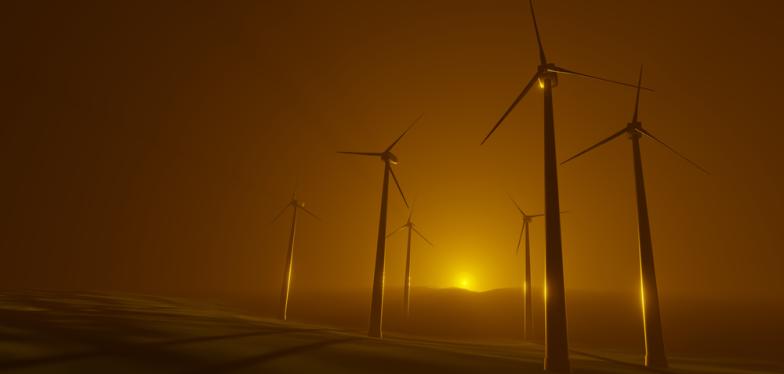Katabata: the Belgian renewable energy megaproject
To accelerate the energy transition, scientists at the University of Liège are promoting the construction of tens of thousands of wind turbines in Greenland to supply large swathes of Europe with electricity.

Since 2019, Professor Damien Ernst and his team have been working at ULiège on the feasibility conditions for the construction of an immense wind farm in southern Greenland. Conducted in this isolated and virtually unpopulated region, their successive studies have shown that very specific winds would guarantee an energy output unmatched by what Europe's sites can currently generate.
In fact, the winds that blow in this region are the result of cold air that forms over the ice cap. This creates constant and high-speed winds called the katabatic winds, hence the name of the Katabata project!
Transporting electricity to Europe obviously remains a major challenge. Apart from the option of laying a 4,000 kilometre cable across the ocean floor, Professor Damien Ernst's team prefers instead to transform the electricity generated into energy-rich molecules in Greenland. This would then allow for sufficient quantities of liquefied natural gas, hydrogen and kerosene to be shipped to Europe to meet a significant portion of the continent's needs.
Implementing such a project would require an investment of close to €10 billion. But its long-term profitability, with regard to its financial aspects and impact on climate change, is already sparking the interest of major energy companies.